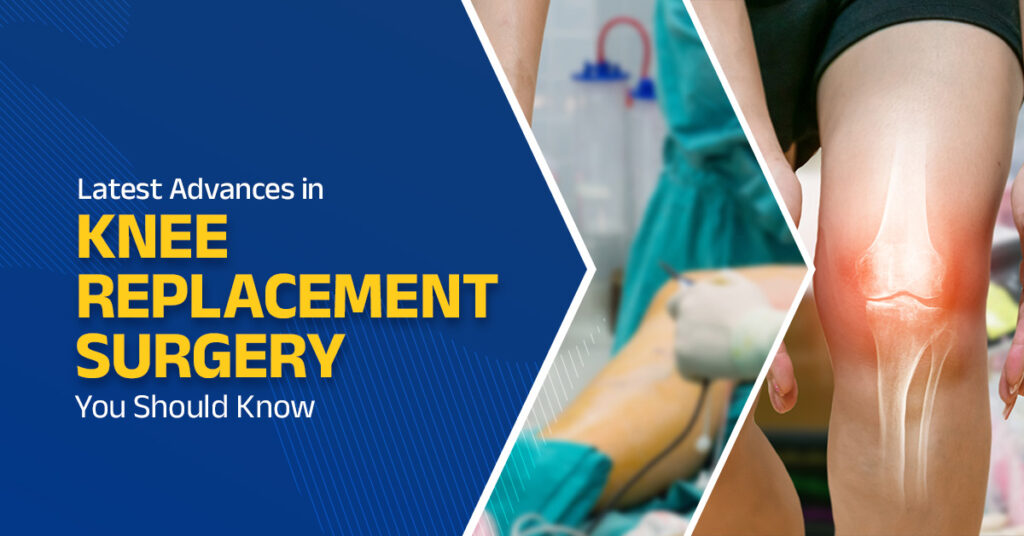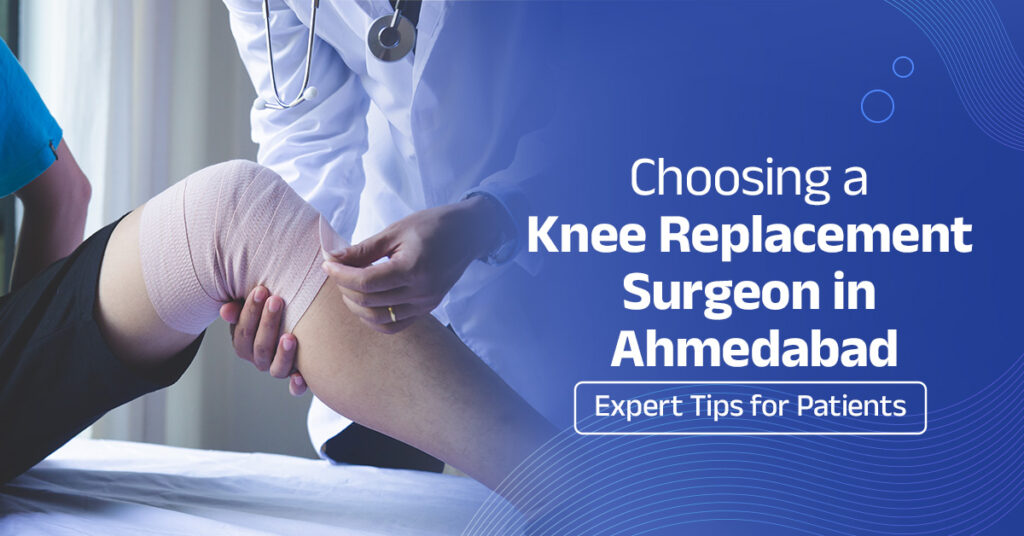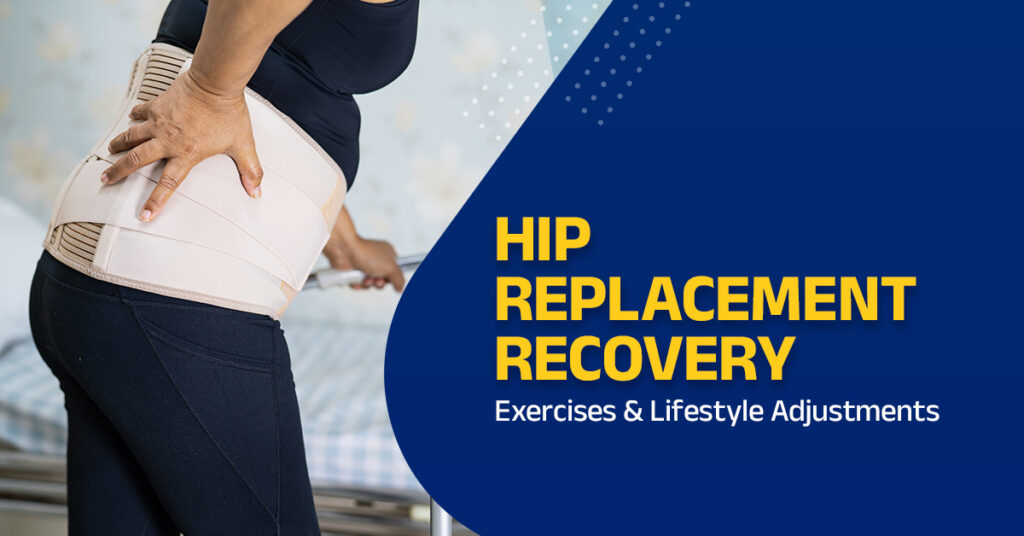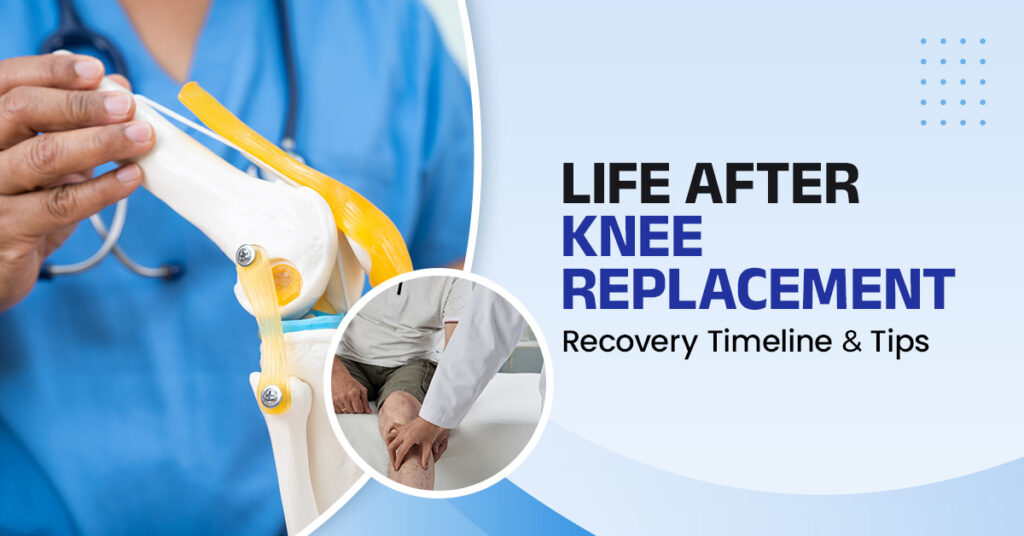Latest Advances in Knee Replacement Surgery You Should Know
Have you ever heard someone say, “I’ll wait as long as I can before getting knee replacement surgery”? It’s a common thought. Many people imagine knee replacement as a long hospital stay, weeks of pain and months of struggling to get back on their feet. But the truth is knee replacement surgery has changed dramatically in the last few years. Thanks to new technologies like robotics, 3D-printed implants and minimally invasive techniques, today’s knee replacement is safer, more precise, and offers a much faster recovery than what most people imagine. If you are delaying surgery because of fear, this might be the right time to rethink. Let’s explore the latest advances in knee replacement surgery and what they mean for your recovery and quality of life. 1. Robotic-Assisted Knee Replacement One of the most exciting innovations in recent years is robotic knee replacement surgery. Instead of relying solely on manual tools, surgeons now use computer-assisted systems that create a 3D model of your knee. This allows for highly accurate implant positioning, personalized to your anatomy. Why this matters to you: Better alignment of the joint leads to more natural knee movement. Less damage to surrounding tissues, which means less pain after surgery. Faster recovery and improved long-term implant survival. Example: Imagine tailoring a suit versus buying one off-the-rack, robotic surgery is like having your knee replacement custom-fitted for you. 2. 3D-Printed and Patient-Specific Implants Gone are the days of one-size-fits-all implants. 3D printing technology now allows for patient-specific implants designed to match the unique shape and size of your knee joint. Benefits of 3D implants: Better comfort and fit Improved joint stability Reduced wear and tear on the implant over time This advancement is particularly helpful for younger, more active patients or those who have complex knee anatomy. 3. Minimally Invasive Surgical Techniques Traditional knee replacement often involved a relatively large incision and significant muscle dissection. Today, minimally invasive techniques use smaller incisions and cause less soft-tissue damage. Advantages include: Reduced blood loss Lower risk of complications Faster recovery after surgery Smaller scar and better cosmetic outcome 4. Enhanced Recovery After Surgery (ERAS) Protocols Recovery after knee replacement has also become much quicker, thanks to ERAS protocols. What ERAS means for patients: Shorter hospital stays, many patients go home in 1–2 days. Multimodal pain management reduces reliance on strong painkillers. Early physiotherapy starts within 24 hours of surgery, speeding up mobility. This means you can return to your normal routine and even work much sooner than in the past. 5. Computer Navigation and AI-Assisted Planning Artificial Intelligence is now being used to assist surgeons in planning the procedure before stepping into the operating room. Preoperative planning software helps simulate implant positioning and predict post-surgical outcomes. Impact for patients: Greater precision and consistency Fewer chances of revision surgery More predictable results This technology helps surgeons focus on what matters most, achieving a knee that feels and functions as close to natural as possible. 6. Better Pain Control and Rehabilitation Advancements in anesthesia and pain management have made recovery far more comfortable. Techniques like nerve blocks and targeted pain relief help patients start walking earlier and reduce anxiety about post-operative pain. Rehabilitation has also evolved: Customized physiotherapy plans Use of digital apps and tele-rehab to track progress at home Focus on patient education to improve long-term outcomes Why Staying Updated Matters Many patients delay surgery due to fear of pain or long recovery, not realizing how far medical science has come. Understanding these advances can help you make an informed decision and improve your quality of life sooner rather than later. Expert Care for Modern Knee Replacement Successful knee replacement is not just about using the latest technology, it’s also about choosing an extensively experienced surgeon who knows how to apply it effectively. With over 21 years of expertise and more than 15,000 successful surgeries(as on July, 2025), Dr. Saurin Shah is a trusted knee replacement doctor in Ahmedabad. He specializes in advanced techniques such as robotic-assisted surgery and patient-specific planning to ensure precise and predictable outcomes. Combining modern technology with compassionate, personalized care, he helps patients regain mobility and return to an active lifestyle with confidence. Common Questions Patients Ask Robotic or computer-assisted surgery be painful? No, the technology is used to improve precision and minimize tissue damage which often results in less pain compared to conventional surgery. Does using advanced technology make the surgery more expensive? While robotic surgery can be slightly more expensive, many patients feel the benefits like improved function, reduced complications and faster recovery are well worth the investment. Will I still need physiotherapy? Yes. Technology helps the surgery go smoothly but physiotherapy remains key for regaining strength and motion.




